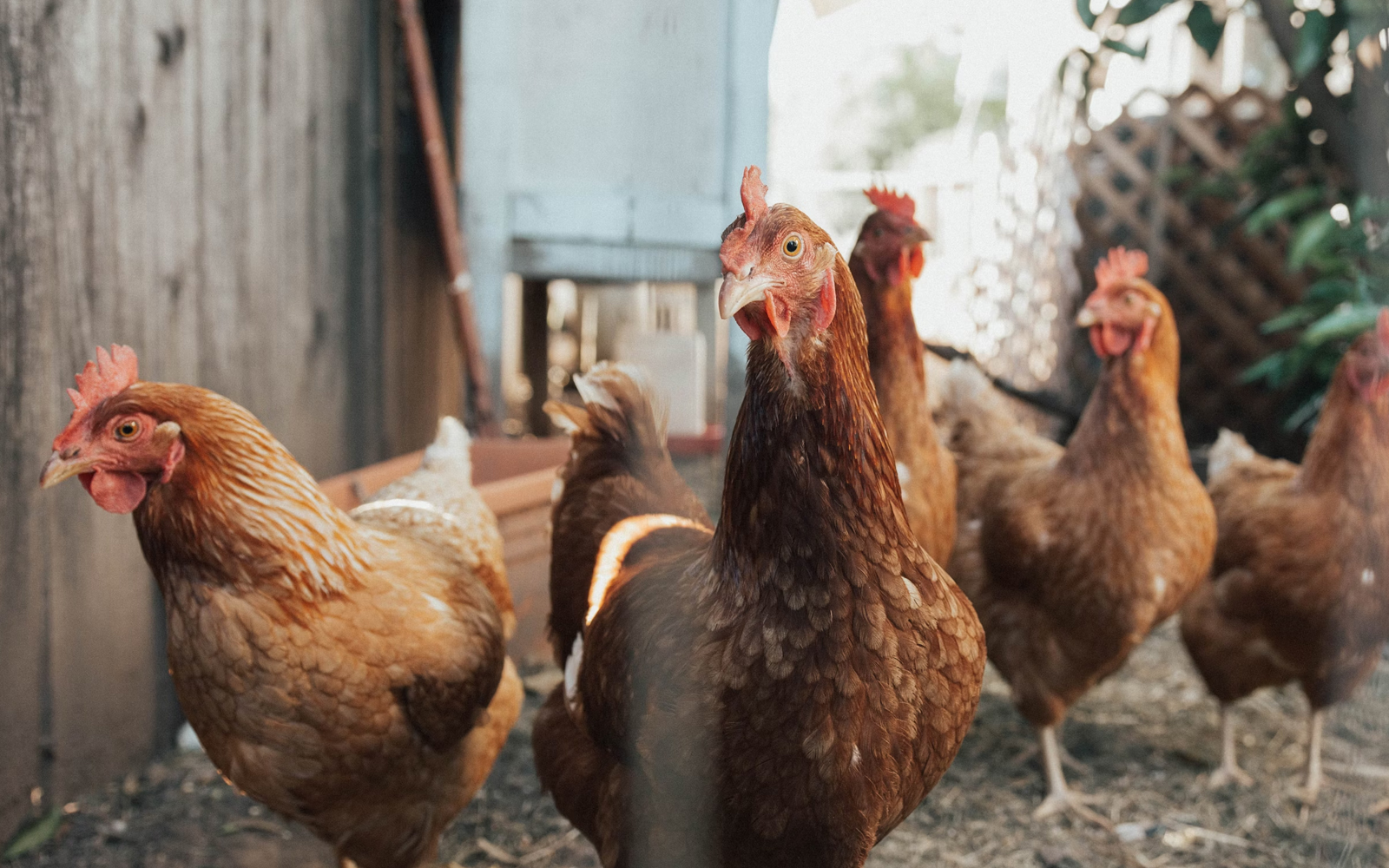
The source of the H5N2 virus infection is unknown, although cases have been reported in poultry in Mexico.
The first confirmed human case of H5N2 avian flu in Mexico resulted in the death of a man, as announced by the World Health Organization (WHO) on Wednesday, according to AFP, as reported by TASR.
A 59-year-old unnamed man, who died on April 24 after suffering from fever, shortness of breath, diarrhea, and nausea, “had no known exposure to poultry or other animals” and had “multiple underlying health conditions,” WHO stated.
“The individual was hospitalized in Mexico City and died the same day,” the statement said. This was the “first laboratory-confirmed case of influenza A(H5N2) virus infection in the world,” WHO added. Mexican health authorities notified the UN health agency of the confirmed case on May 23 after conducting laboratory tests.
WHO stated that the source of the virus infection is unknown, although H5N2 cases have been detected in poultry in Mexico. According to WHO, H5N2 cases were identified in March at a backyard poultry farm in the state of Michoacán, with additional outbreaks reported in the state of Mexico. However, WHO further noted that it is not currently possible to establish a link between the human case and poultry infections, assessing the risk to humans as “low.”
The Mexican Ministry of Health reported that the deceased was “a 59-year-old man with chronic kidney disease, type 2 diabetes, and long-standing systemic arterial hypertension.”
“There is no risk of infection for the population,” the ministry’s statement read, adding that “all samples from identified contacts of the patient tested negative.”
Authorities are monitoring farms near the victim’s home and have established a continuous surveillance system to detect any further cases in the wild in that area, the statement added.
Another variant of avian flu, H5N1, has been spreading among dairy herds in the USA for several weeks, with a small number of human cases reported. However, authorities stated that none of these cases involved human-to-human transmission, but rather the disease being contracted from livestock.


